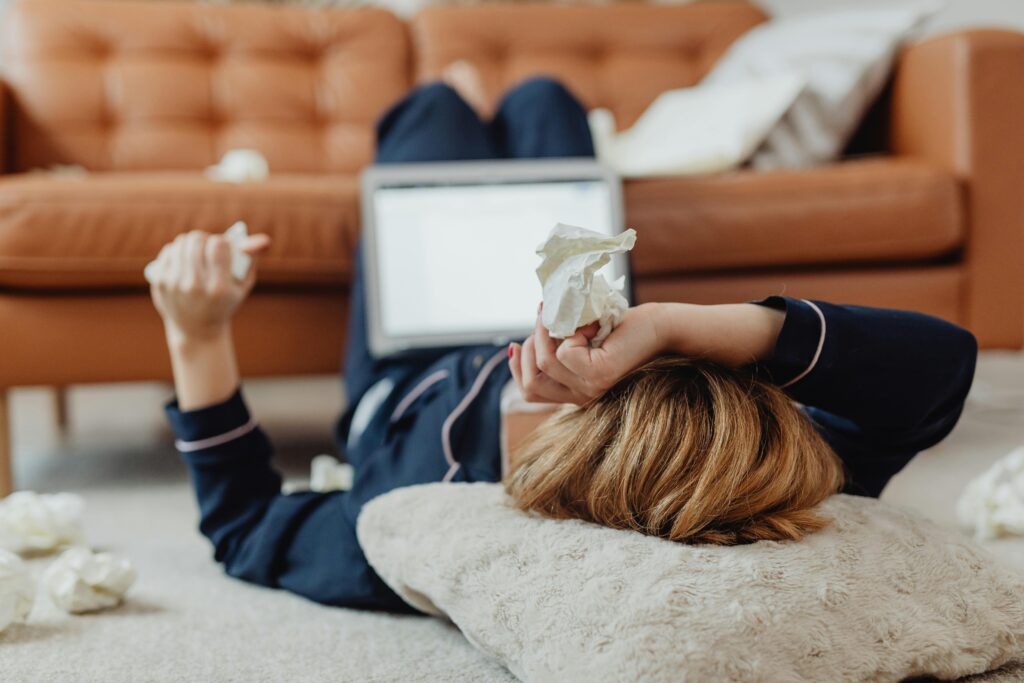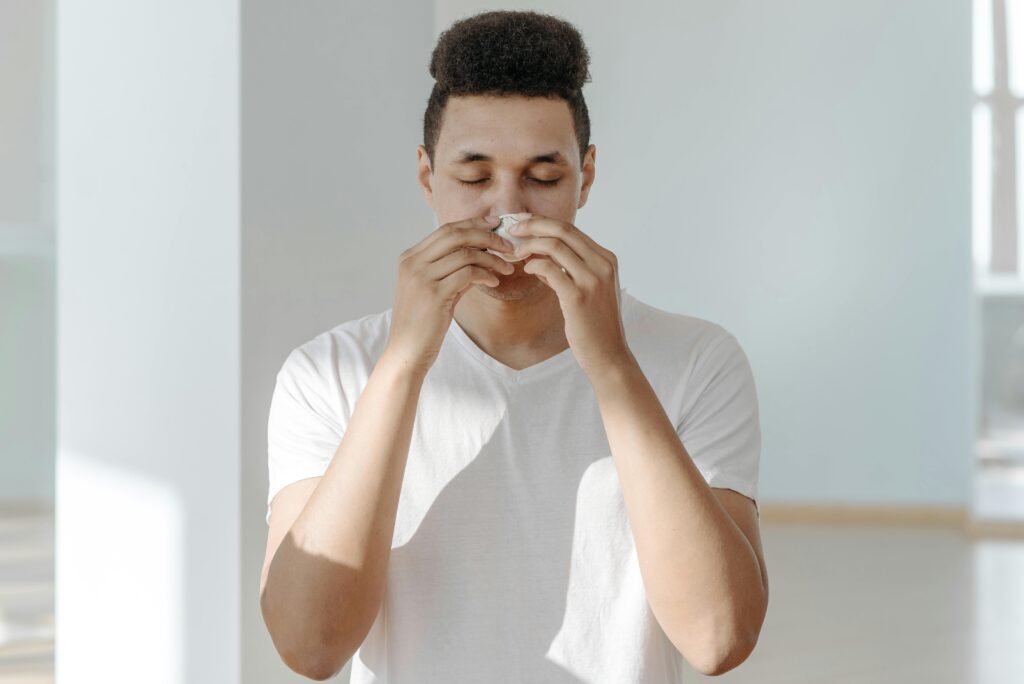Ever walked into a room, only to be hit with that musty, damp smell? Yep, that’s probably mold. And while you might think it’s just an annoying eyesore or nose-wrecker, did you know it could also cause serious health issues? True story—I once ignored a small patch of mold in my bathroom and ended up spending weeks battling allergies I didn’t even realize were connected. Spoiler alert: It wasn’t fun.
This post is going to walk you through everything you need to know about the health risks associated with mold, particularly for those dealing with homes insured under policies related to credit cards and insurance. By the end of this article, you’ll have answers to Mold Health FAQs, actionable tips, and peace of mind (plus maybe fewer sneezes). Ready? Let’s dive in.
Table of Contents
- Key Takeaways
- Why Mold Is More Than Just Ugly
- Steps to Safely Handle Mold Problems
- Best Practices for Preventing Mold Growth
- Real-Life Examples of Mold Insurance Claims
- Mold Health FAQs Answered
Key Takeaways
- Mold exposure can lead to respiratory issues, allergic reactions, and other health problems.
- Your homeowner’s insurance—or credit card perks—may cover mold-related damages if handled correctly.
- Prevention is key: Proper ventilation, humidity control, and regular inspections reduce risk.
Why Mold Is More Than Just Ugly
Here’s the tea: Mold isn’t just some harmless fungus chilling on your walls. According to the EPA, prolonged exposure to mold spores can trigger asthma attacks, sinus infections, headaches, and even chronic fatigue syndrome. Gross, right?
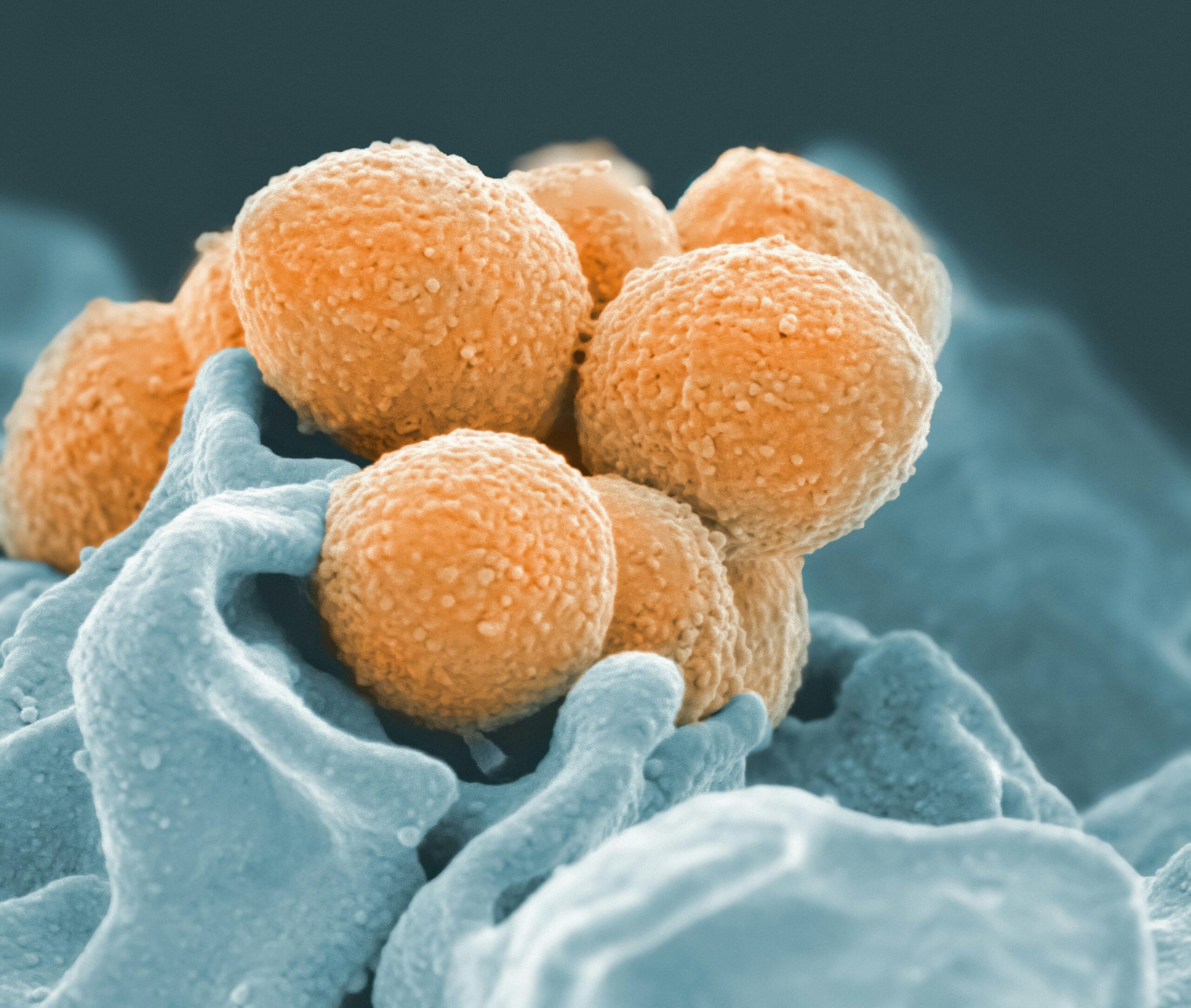
One time, I tried cleaning up mold without wearing gloves or a mask—thinking it was NBD. Big mistake. My hands broke out in a rash, and my throat felt scratchy for days. Lesson learned: Mold fights dirty.
So why does this matter when we’re talking about personal finance? Well, if mold causes structural damage or health complications, your wallet takes a hit. That’s where understanding your insurance policy comes into play.
Steps to Safely Handle Mold Problems
When you spot mold, don’t panic—take action instead. Here’s how:
- Identify the Source: Leaky pipes, poor ventilation, or high humidity are often culprits. Fix these first!
- Contain the Area: Seal off the affected space to prevent spores from spreading.
- Use Protective Gear: Gloves, goggles, and an N95 mask are non-negotiables. Trust me; no one wants to breathe this stuff in.
- Clean Small Areas Carefully: Use soap, water, and bleach solutions (but never mix bleach with ammonia).
- Call the Pros: For larger infestations, hire a certified mold remediation expert.
Optimist You: “This process will keep me safe!”
Grumpy You: “Ugh, fine—but only if coffee’s involved.”
Best Practices for Preventing Mold Growth
If prevention feels easier than cure, here’s what works:
- Keep indoor humidity below 60% using dehumidifiers or air conditioners.
- Ventilate bathrooms, kitchens, and laundry areas properly.
- Fix leaks immediately—they’re basically mold starter kits.
- Inspect hidden spots like basements, attics, and behind appliances regularly.
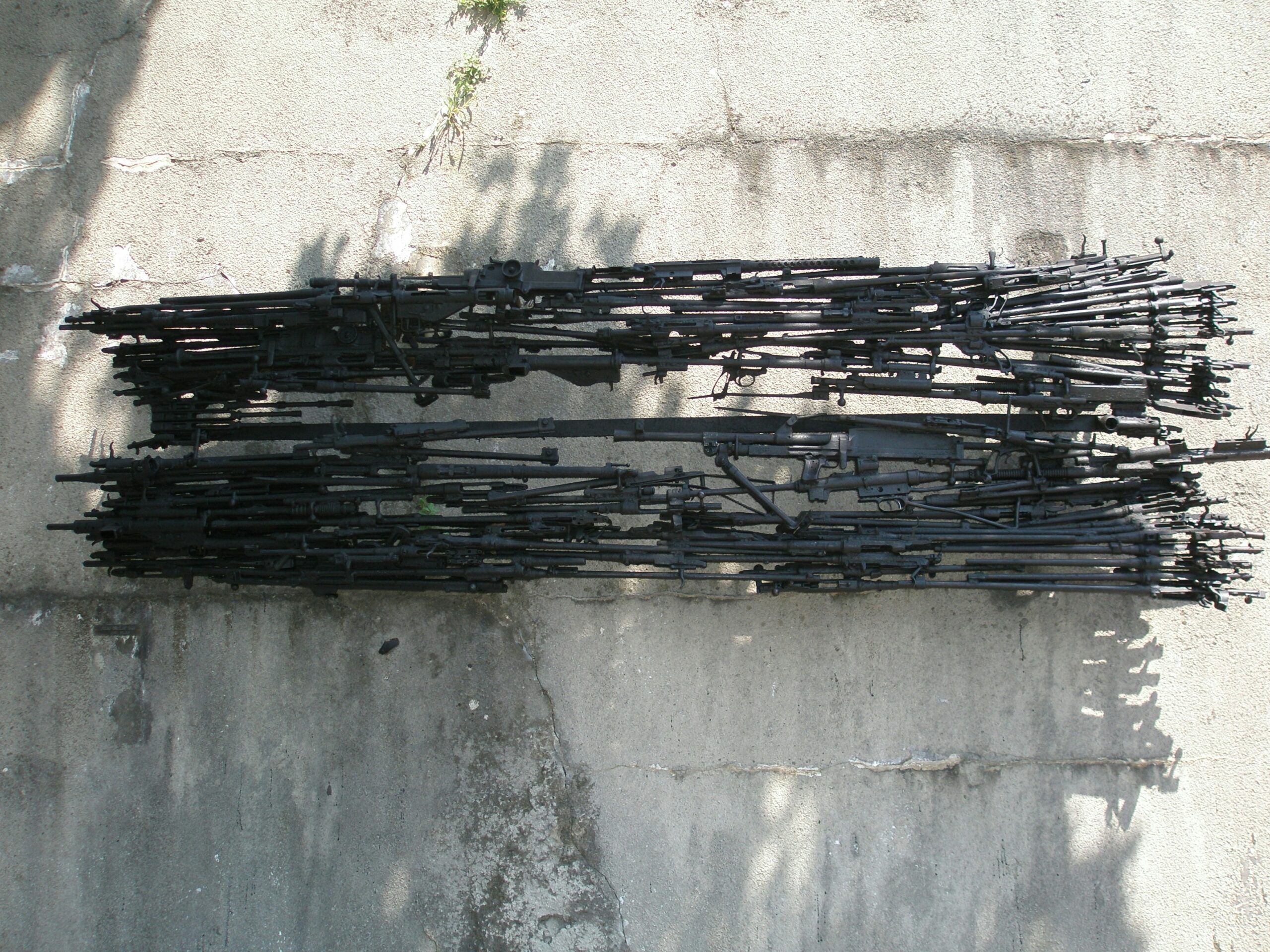
Bonus tip: Avoid carpeting in damp areas unless you want to roll out the red carpet for mold. Not chef’s kiss.
Real-Life Examples of Mold Insurance Claims
Let’s talk real-world scenarios. One couple from Florida filed a claim after discovering mold had seeped into their home due to Hurricane Irma flooding. Thanks to their credit card’s extended warranty perk (which included mold coverage), they saved thousands on repairs. On the flip side, another homeowner found his policy denied coverage since he’d neglected maintenance—lesson learned there!
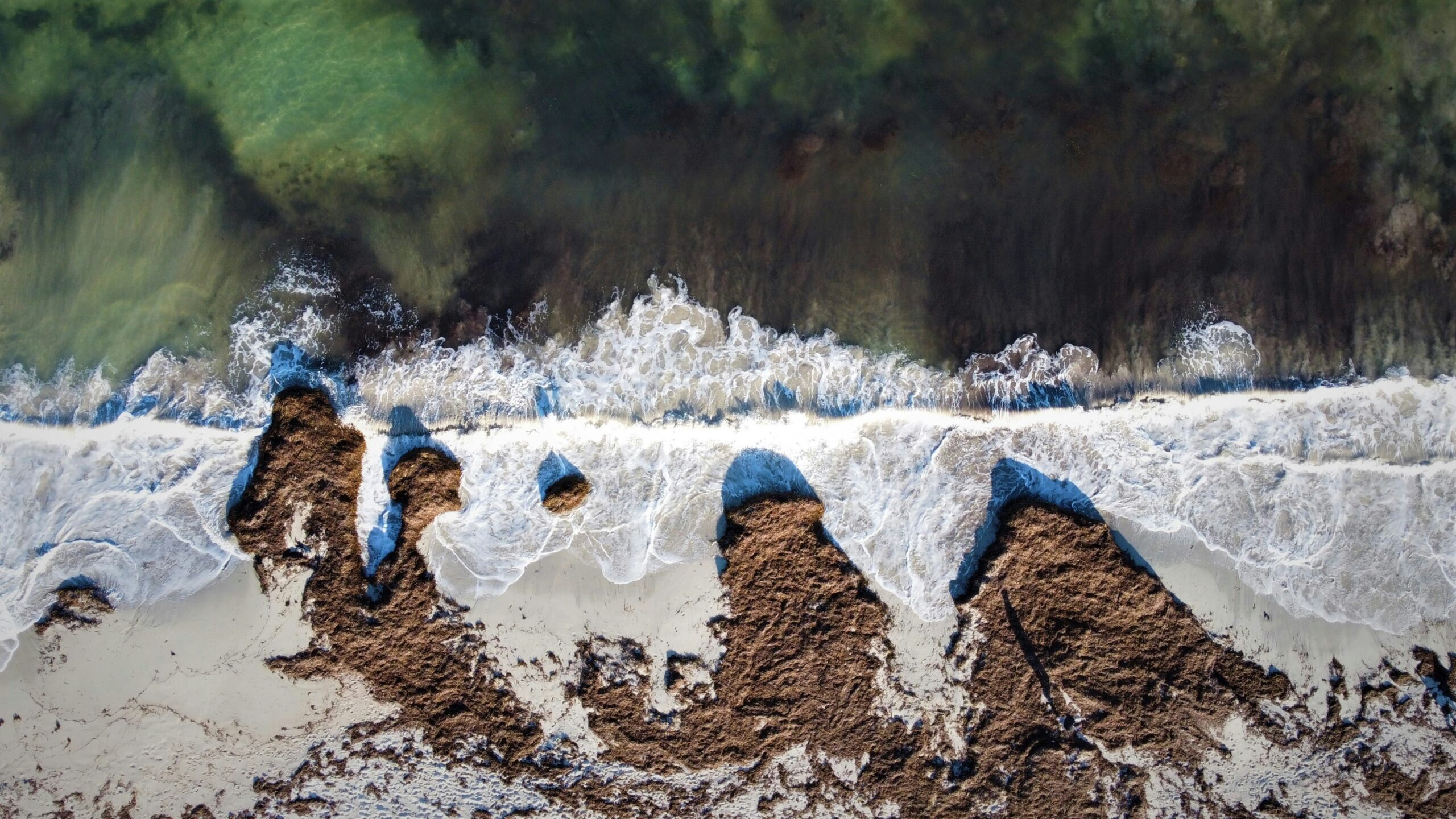
Sometimes, credit card benefits include hidden gems for homeowners. Always review yours—it could be worth its weight in gold during emergencies.
Mold Health FAQs Answered
You’ve got questions; I’ve got answers:
FAQ #1: How do I know if mold is making me sick?
Look for symptoms like coughing, wheezing, itchy eyes, or skin rashes. If you feel better outside than inside your home, mold could be the culprit.
FAQ #2: Does all mold pose a health risk?
Nope. Some types, like penicillin-producing molds, aren’t harmful indoors. But black mold (Stachybotrys) and others can be dangerous.
FAQ #3: Will my insurance cover mold removal?
It depends. Typically, sudden events (like burst pipes) triggering mold are covered, but long-term neglect isn’t. Check your policy carefully.
FAQ #4: Can air purifiers help with mold spores?
Absolutely! HEPA filters trap spores effectively, keeping your air cleaner. Just don’t rely solely on them—source removal matters most.
Conclusion
We’ve covered a lot today: the health risks of mold, steps to handle infestations, prevention strategies, and answered top Mold Health FAQs. Remember, staying informed protects both your family’s health and your finances.
Oh, and before you go—here’s a little nugget of wisdom:
Mold grows fast,
But knowledge lasts.
Stay dry, stay smart.

